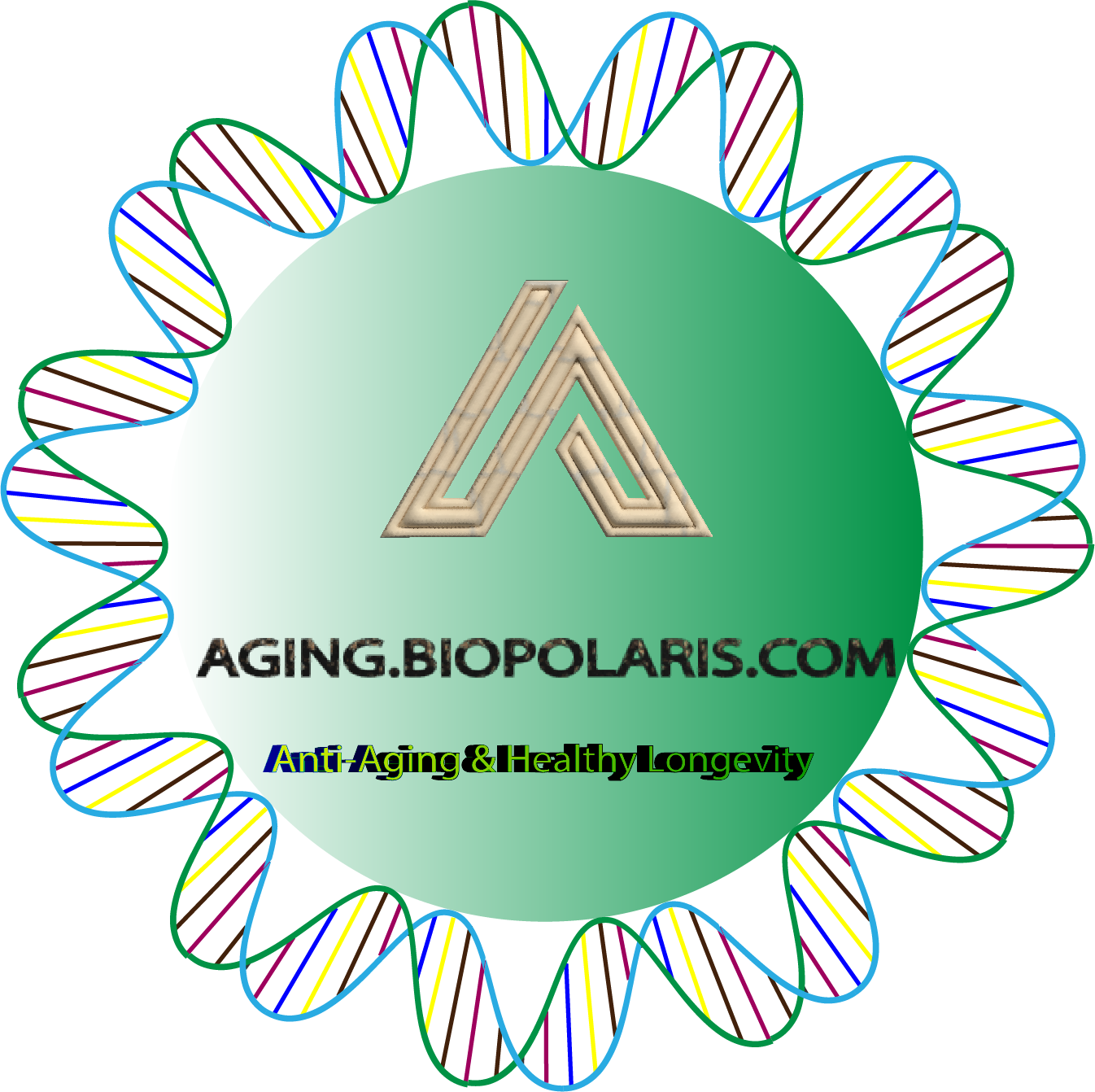Aggregator
A spatial imaging-transcriptomics paradigm for deciphering the molecular basis of microscopic MRI in the normal brain and Alzheimer's disease
Imaging genomics offers powerful links between genetics and neuroimaging phenotypes, but conventional methods often lack spatial correspondence. We introduce spatial imaging-transcriptomics, a paradigm that directly integrates magnetic resonance imaging (MRI) and spatially resolved transcriptomics (ST) with matched resolution from the same brain through spatially co-registered maps. We apply this framework to wild-type and Alzheimer's disease (AD) mouse models to uncover the molecular...
In situ cryo-ET visualization of mitochondrial depolarization and mitophagic engulfment
Defective mitochondrial quality control in response to loss of mitochondrial membrane polarization is implicated in Parkinson's disease by mutations in PINK1 and PRKN. Parkin-expressing U2 osteosarcoma (U2OS) cells were treated with the depolarizing agents oligomycin and antimycin A (OA) and subjected to cryo-focused ion beam milling and in situ cryo-electron tomography. Mitochondria were fragmented and devoid of matrix calcium phosphate crystals. Phagophores were visualized, with bridge-like...
Altered translation elongation contributes to key hallmarks of aging in the killifish brain
Aging is a major risk factor for neurodegeneration and is characterized by diverse cellular and molecular hallmarks. To understand the origin of these hallmarks, we studied the effects of aging on the transcriptome, translatome, and proteome in the brain of short-lived killifish. We identified a cascade of events in which aberrant translation pausing led to altered abundance of proteins independently of transcriptional regulation. In particular, aging caused increased ribosome stalling and...
Translational traffic jam in aging brains
Ribosome stalling drives aging in the killifish brain.
Elevated ubiquitin phosphorylation by PINK1 contributes to proteasomal impairment and promotes neurodegeneration
Ubiquitin (Ub), a central regulator of protein turnover, can be phosphorylated by PINK1 (PTEN-induced putative kinase 1) to generate S65-phosphorylated ubiquitin (pUb). Elevated pUb levels have been observed in aged human brains and in Parkinson's disease, but the mechanistic link between pUb elevation and neurodegeneration remains unclear. Here, we demonstrate that pUb elevation is a common feature under neurodegenerative conditions, including Alzheimer's disease, aging, and ischemic injury. We...
Correction: Increase of cell surface vimentin is associated with vimentin network disruption and subsequent stress-induced premature senescence in human chondrocytes
No abstract
Elevated ubiquitin phosphorylation by PINK1 contributes to proteasomal impairment and promotes neurodegeneration
Ubiquitin (Ub), a central regulator of protein turnover, can be phosphorylated by PINK1 (PTEN-induced putative kinase 1) to generate S65-phosphorylated ubiquitin (pUb). Elevated pUb levels have been observed in aged human brains and in Parkinson's disease, but the mechanistic link between pUb elevation and neurodegeneration remains unclear. Here, we demonstrate that pUb elevation is a common feature under neurodegenerative conditions, including Alzheimer's disease, aging, and ischemic injury. We...
The social geography of fear and acceptance: an interview study on attitudes toward LGBQ identities in residential aged care
CONCLUSIONS: The study highlights that RAC is not only structured by formal policies but also co-created through everyday interactions among residents and staff. While previous research has emphasised the need for staff training and inclusive policies, these findings suggest that education alone may not be sufficient. This study argues that there may be value in establishing dedicated residential care facilities that are explicitly LGBTQ-friendly.
cTAGE5/MEA6 Regulates LBR Localization to Maintain Nuclear Envelope Integrity and Safeguard Against Aging
cTAGE5/MEA6 plays a pivotal role in COPII complex assembly, ER-to-Golgi trafficking, and secretion. However, whether cTAGE5/MEA6 is involved in other cellular functions remains unclear. Here, we show that conditional cTAGE5 knockout results in embryonic lethality during development and premature aging in adult mice. cTAGE5 deficiency leads to abnormal nuclear structure and disturbed cell proliferation in MEF cells. Further mechanistic studies reveal that cTAGE5 localizes not only to the ER exit...
Lower hippocampal volumes at baseline are associated with higher volume loss in healthy elderly
CONCLUSION: Lower baseline hippocampal z-scores are associated with a greater rate of hippocampal atrophy to the follow-up examination. If validated in larger cohorts, these findings could help establish cut-off values for pathological atrophy in cross-sectional studies.
Development and validation of deep learning- and ensemble learning-based biological ages in the NHANES study
INTRODUCTION: Conventional machine learning (ML) approaches for constructing biological age (BA) have predominantly relied on blood-based markers, limiting their scope. This study aims to develop and validate novel ML-based BA models using a comprehensive set of clinical, behavioral, and socioeconomic factors and evaluate their predictive performance for mortality.
Daily briefing: Respiratory illness can ‘wake up’ dormant cancer cells
Intricate origins of ice mummy’s ink revealed
Potato, tomato: the roots of the modern tater
Five rules for technology leapfrogging in Africa
Science, Volume 389, Issue 6759, July 2025.
Erratum for the Policy Forum “No new fossil fuel projects: The norm we need” by F. Green et al.
Science, Volume 389, Issue 6759, July 2025.
Governing novel climate interventions in rapidly changing oceans
Science, Volume 389, Issue 6759, July 2025.
Vaccination with mRNA-encoded nanoparticles drives early maturation of HIV bnAb precursors in humans
Science, Volume 389, Issue 6759, July 2025.
Precise targeting of HIV broadly neutralizing antibody precursors in humans
Science, Volume 389, Issue 6759, July 2025.
Silencing mitochondrial gene expression in living cells
Science, Volume 389, Issue 6759, July 2025.
